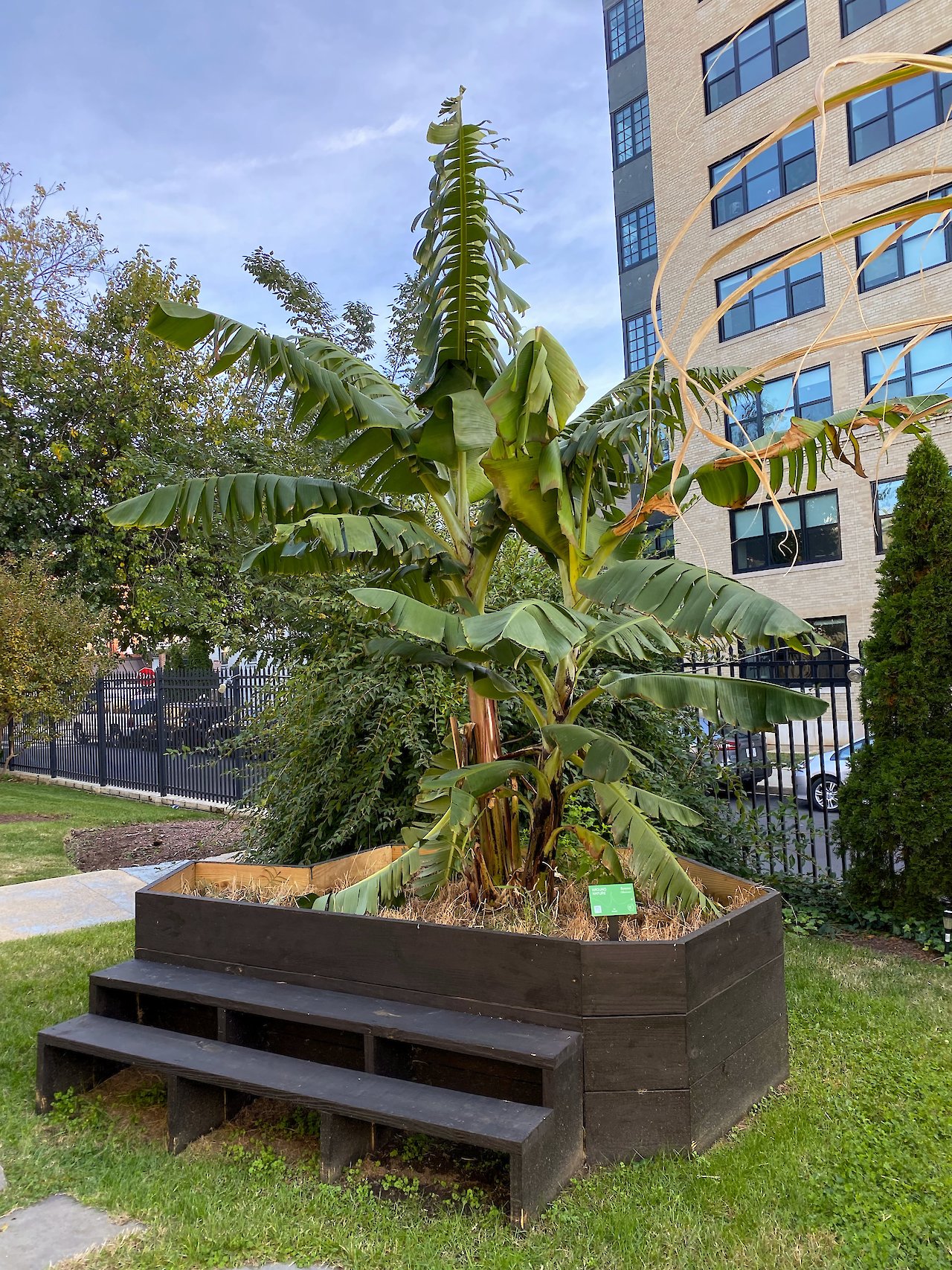Brunei
Stop 8
Ecological capital
Legend
The height of the beds is connected with the natural resources produced and used by each of the countries today. The elevation of the beds represents the natural resources value, being the tallest the one with more Ecological Capital. This graphic contrast the percentage of global natural resources the country uses vs the percentage of global natural resources they have.
Demographics
- Native and others (99%)
- Western descent (1%)
Legend
The color of the beds is connected with the ethnographic diversity of the places they represent today. The colors ranging from natural wood to black reveal the demographic reality divided in this graphic between people from Western descent vs Native & others.
Banana
Musaceae
The earliest domestication of bananas were initially from naturally occurring parthenocarpy (seedless) individuals of Musa acuminata banksii in New Guinea. These were cultivated by Papuans before the arrival of Austronesian-speakers. Presence of bananas dates back 10,000 years. From Guinea, cultivated bananas spread westward into Southeast Asia through proximity, not migrations. The banana may also have been present in isolated locations elsewhere in the Middle East.
The spread of Islam was followed by far-reaching diffusion, getting to the Iberian Peninsula and the north of Africa in the 8th century. In the 15th and 16th centuries, Portuguese colonists started banana plantations in the Atlantic Islands, Brazil, and western Africa. North Americans began consuming bananas on a small scale at very high prices shortly after the Civil War, though it was only in the 1880s that the food became more widespread. As late as the Victorian Era, bananas were not widely known in Europe, although they were available.
With just 115 surviving men, out of the 277 who had sailed from Seville, it was decided the fleet did not have enough men to continue operating three ships. On May 2nd, the Concepción was emptied and set on fire. With Carvalho as the new captain-general, the remaining two ships, the Trinidad and Victoria, spent the next six months meandering through Southeast Asia in search of the Moluccas. On the way, they stopped at several islands including Mindanao and Brunei.
Antonio Pigafetta’s journal is counted as one of the most important documents for Brunei’s history, since he was able, for the first time, to write a very accurate description of what he saw of Brunei way back in the early 16th century. His description of Kampong Ayer, the Sultan’s palace, was how we know that even as back as 5 centuries ago, Kampong Ayer was a major metropolis on water. This included also historic information about the flora and fauna of Brunei.
Today global production of bananas and plantains combined is 153 million tons, with India and Chine leading the production, and Ecuador and the Philippines leading the exportations. Bananas are consumed in every single country around the world, and it constitutes a major staple food crop in developing countries.
The impact of massive banana cultivation has one of the most serious impacts on the environment due to the rapid depletion of soil nutrients of the crop they need to use fresh soil, causing deforestation, soil erosion, flooding, and even the destruction of the coral reefs along the coasts of Costa Rica due to the sedimentation. The genetic modification of bananas into two single species along with the high demand of the fruit are putting its existence at risk due to continued pests and diseases that require further genetic modification, or more pesticides, further harming the environment, the species, and even humans.
